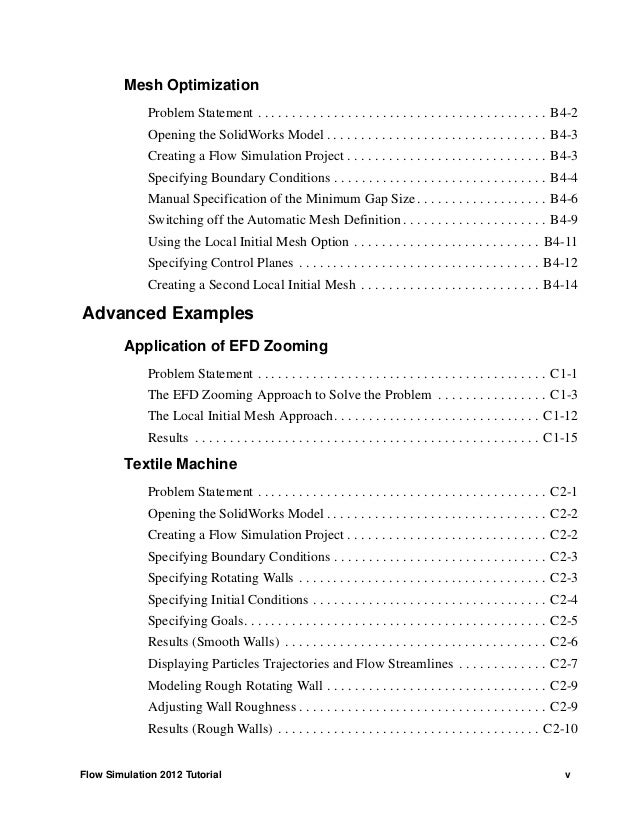

Radiation effects (heat transfer caused by electromagnetic waves) are defined using a surface boundary condition. The value for the convection coefficient can be modified using time or temperature curve while the value of the ambient temperature can be adjusted using a time curve. The presence of a fluid is specified with a Convection Coefficient and Ambient Temperature input. Outputs from this module can be coupled with a linear static study to compute thermal stress.Ĭonduction effects are automatically taken into account during the analysis and are attributed to the thermal conductivity material property.Ĭonvection effects (to emulate surface cooling or heating caused by a surrounding fluid) are defined using a surface boundary condition. The thermal module included in the SOLIDWORKS Simulation Professional product suite allows one to study temperature distribution and heat flow in a mechanism due to conduction, convection, and radiation effects. From strain, the software will then calculate stress. Based on this temperature difference, the software will calculate the model deflection that occurs using the thermal expansion coefficient material property. The input temperature option is set to specify the solver to use the temperature boundary conditions defined in the static study for the thermal stress calculation.ĭepending on the temperature specified in the temperature boundary condition, the component will either expand (if the temperature is above the reference temperature of zero strain value) or contract (if the temperature is below the reference temperature at zero strain value). The software uses this temperature boundary condition in concert with a static study property (Flow/Thermal Effects Tab: Reference temperature at zero strain). This allows a user to specify a specific temperature on different entity types. One of the load types available in a static study is temperature. Thermal stress analysis can be performed using the Linear Static and Nonlinear Static modules included in SOLIDWORKS Simulation/SOLIDWORKS Simulation Premium. This guide will illustrate the different ways of performing thermal stress analyses. A thermal stress analysis entails defining thermal conditions and analyzing the stresses that develop in components due to thermal expansion. Thermal stress analyses can be performed in various ways using the SOLIDWORKS Simulation and SOLIDWORKS Flow Simulation packages.


 0 kommentar(er)
0 kommentar(er)
